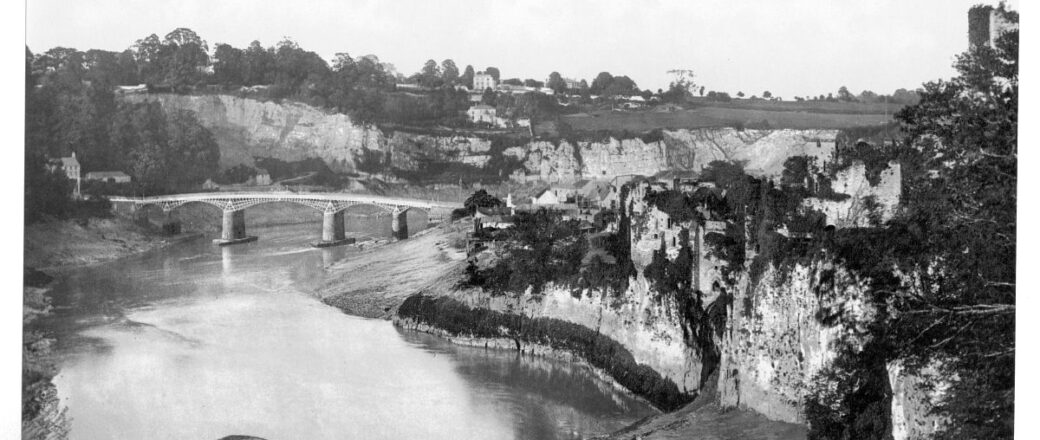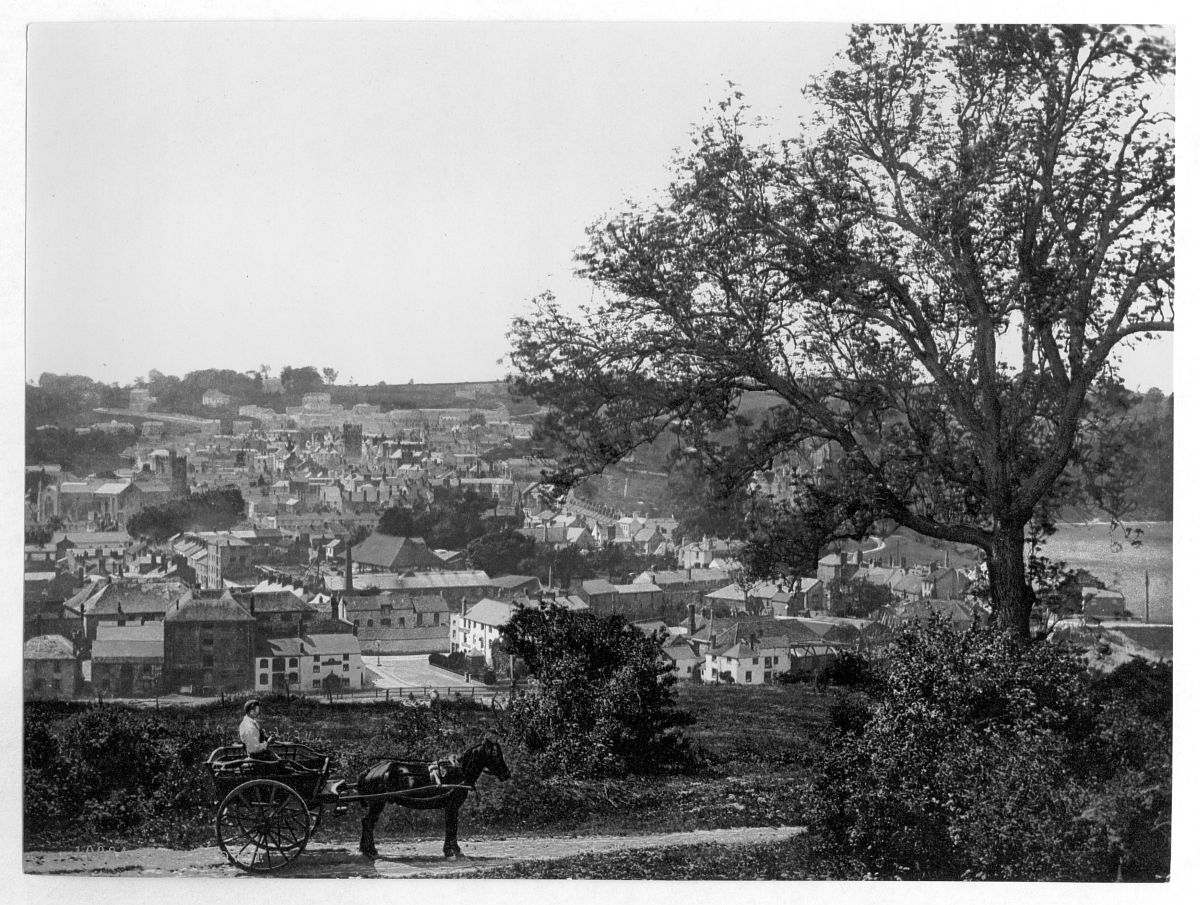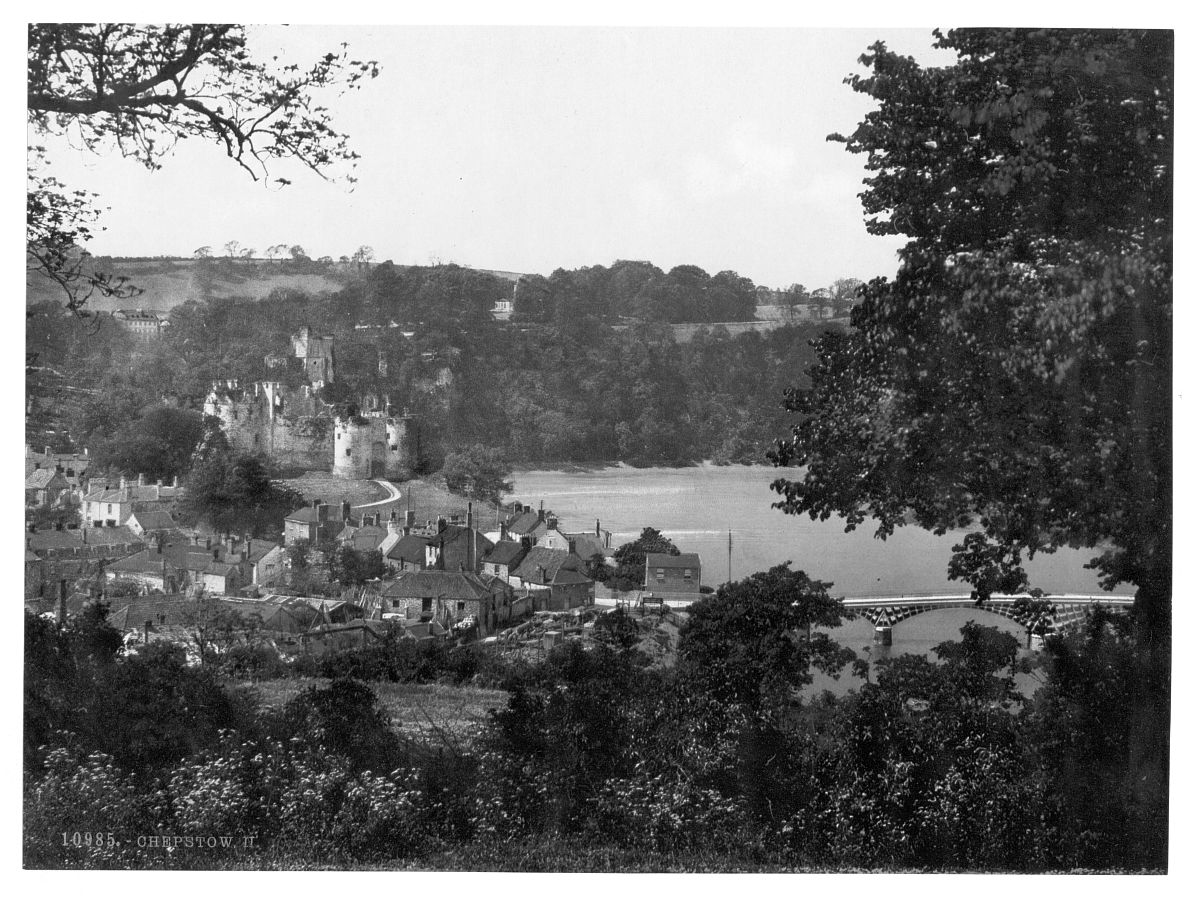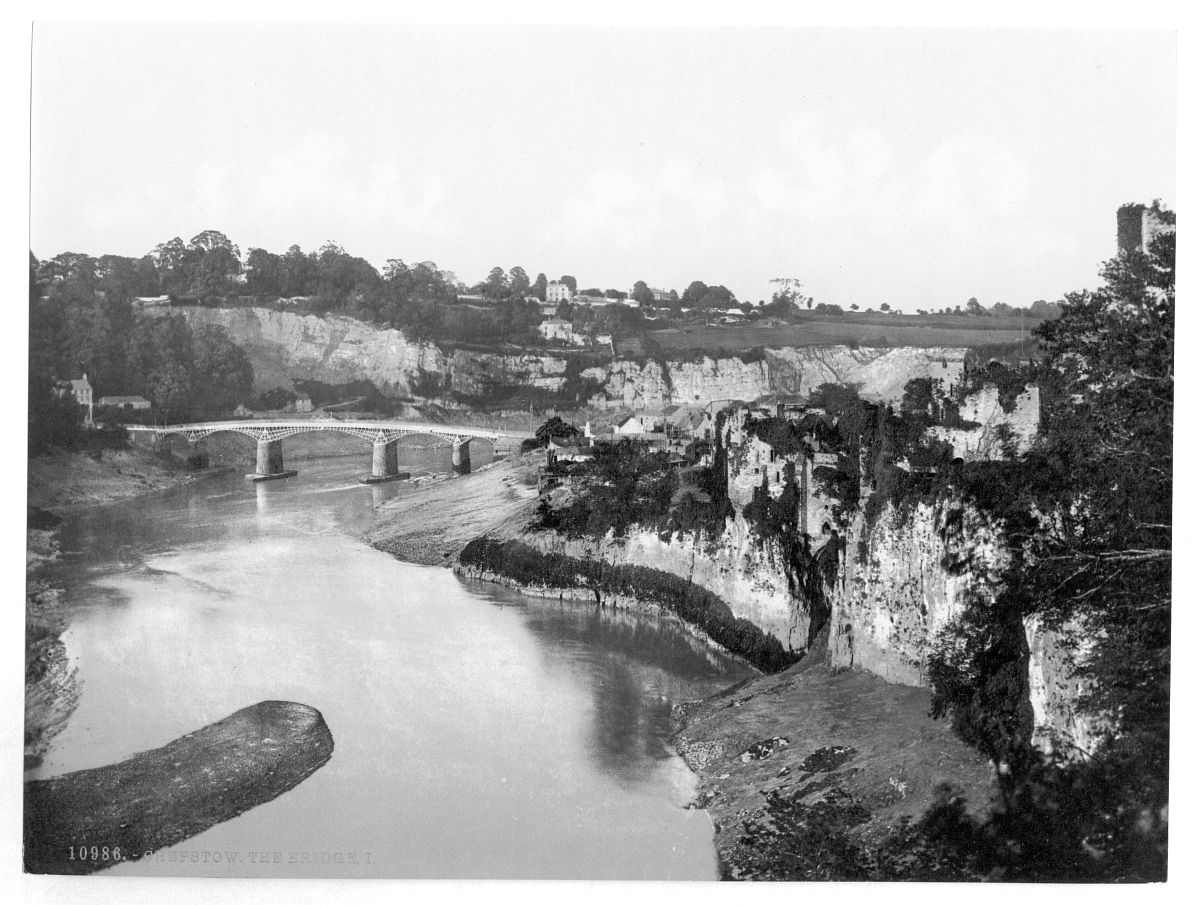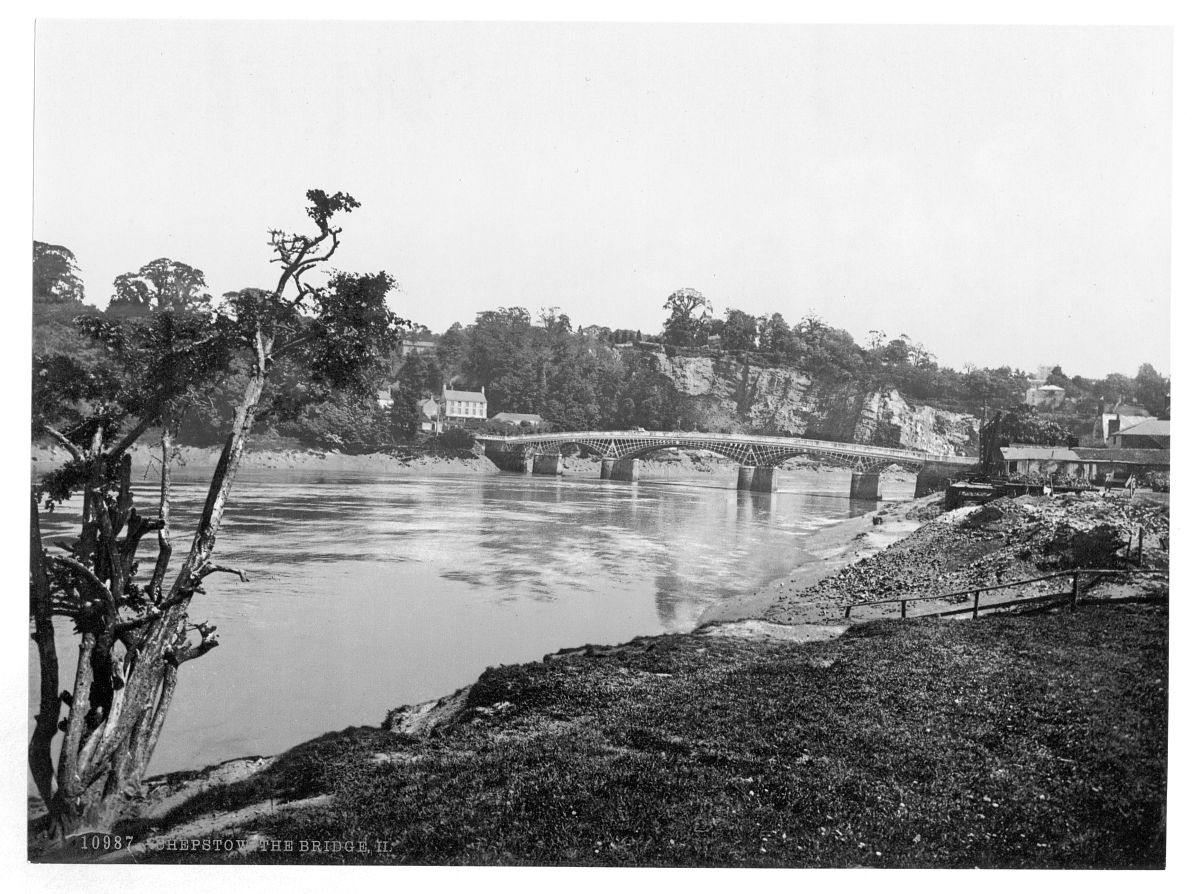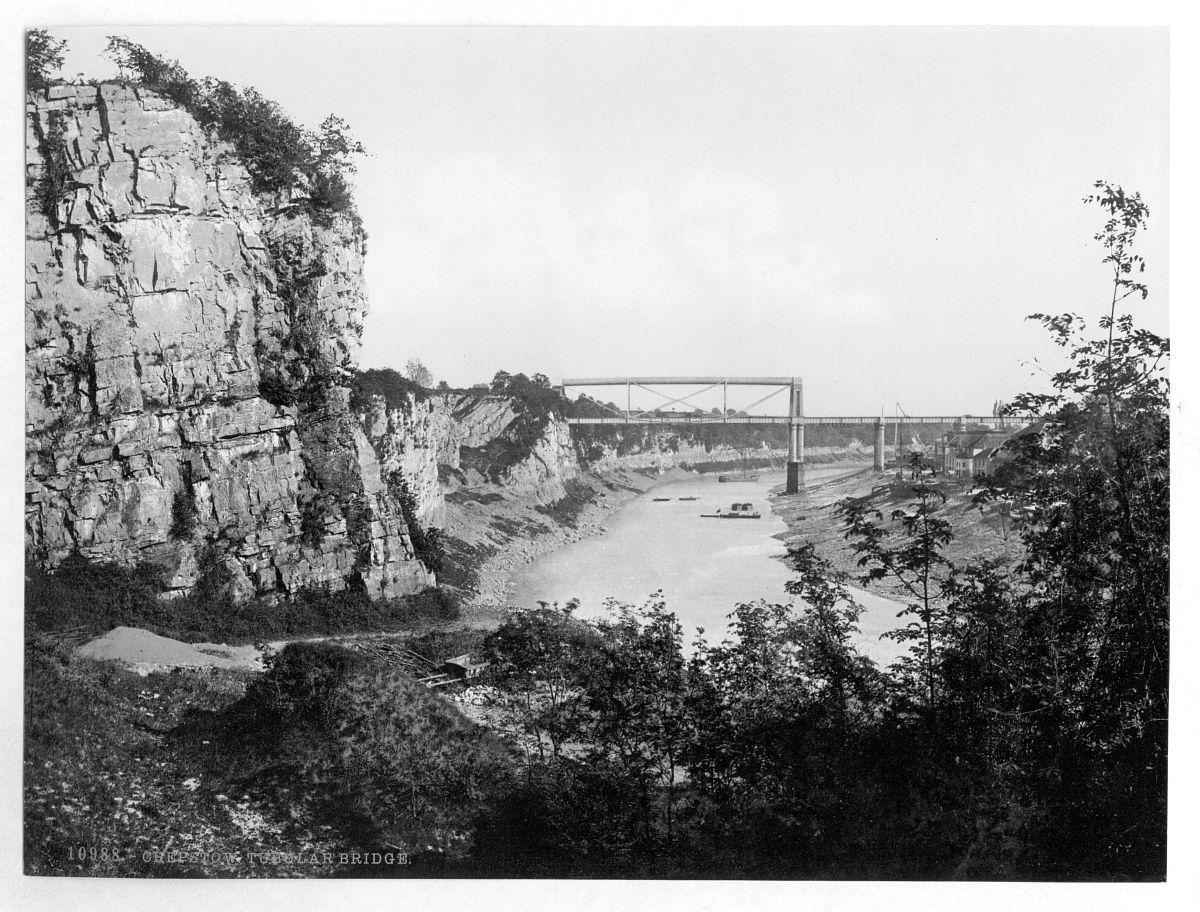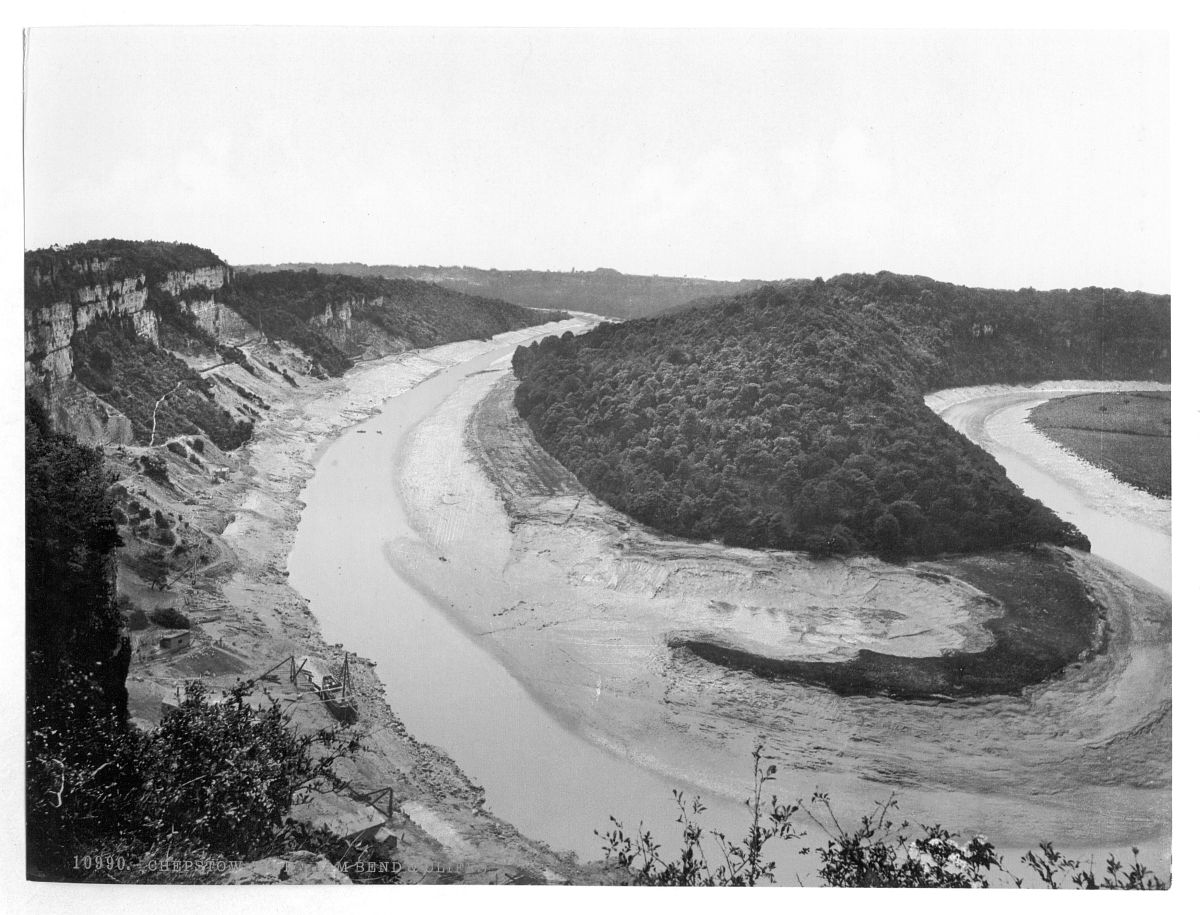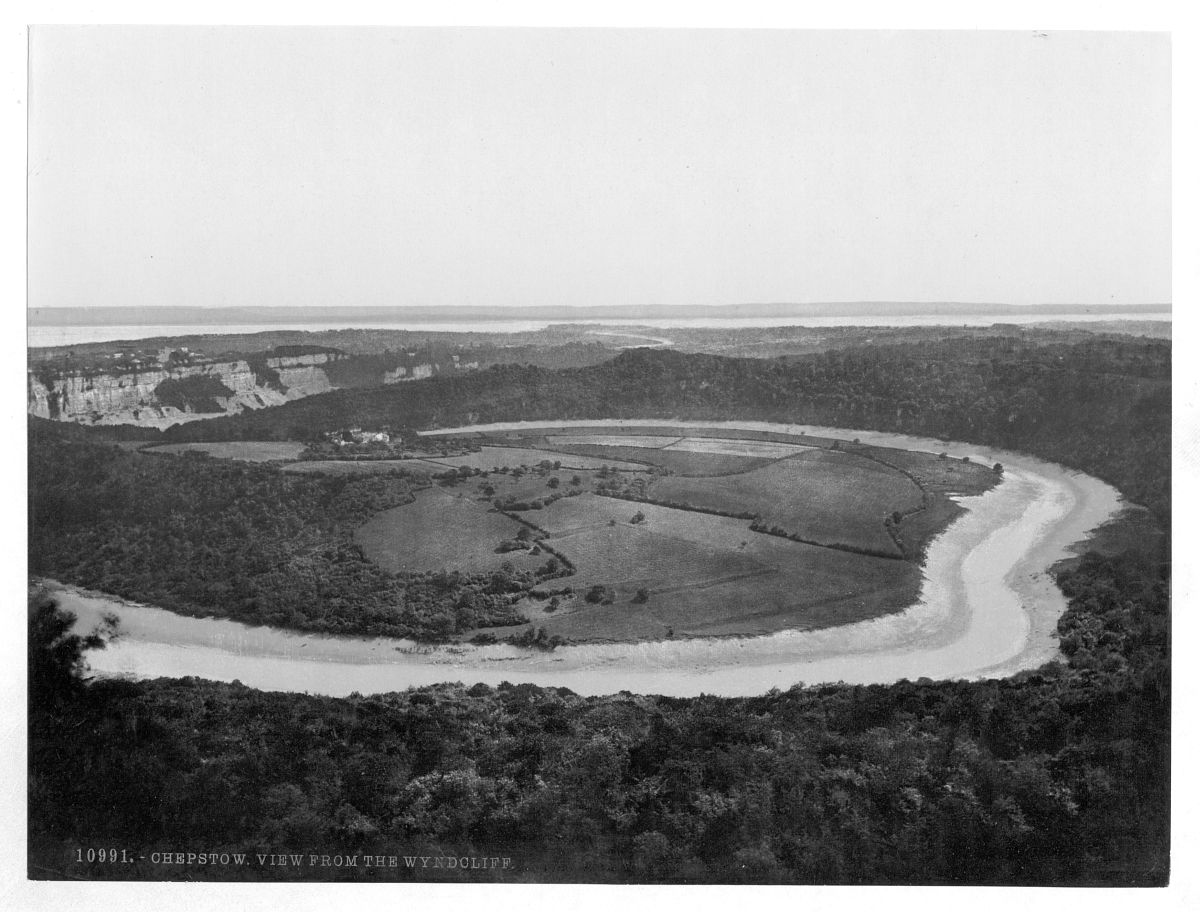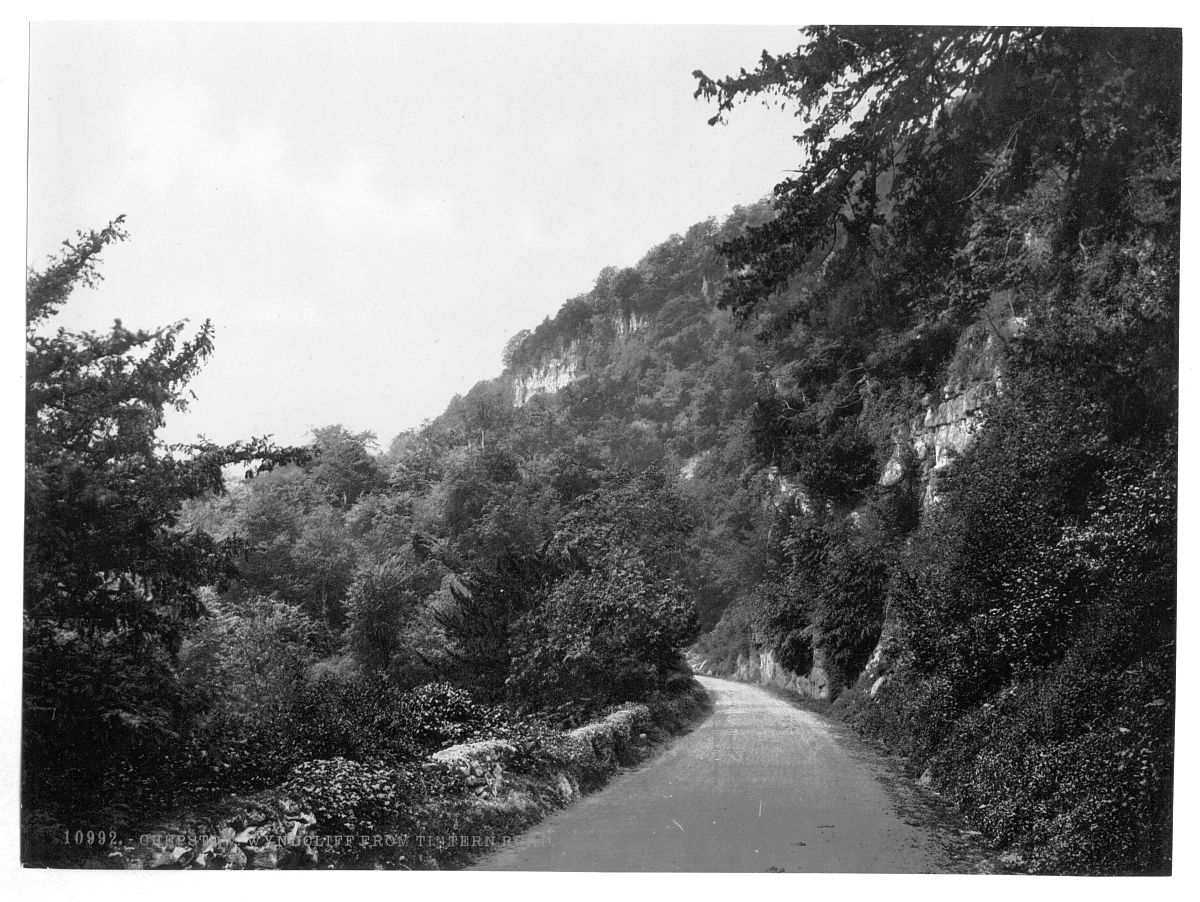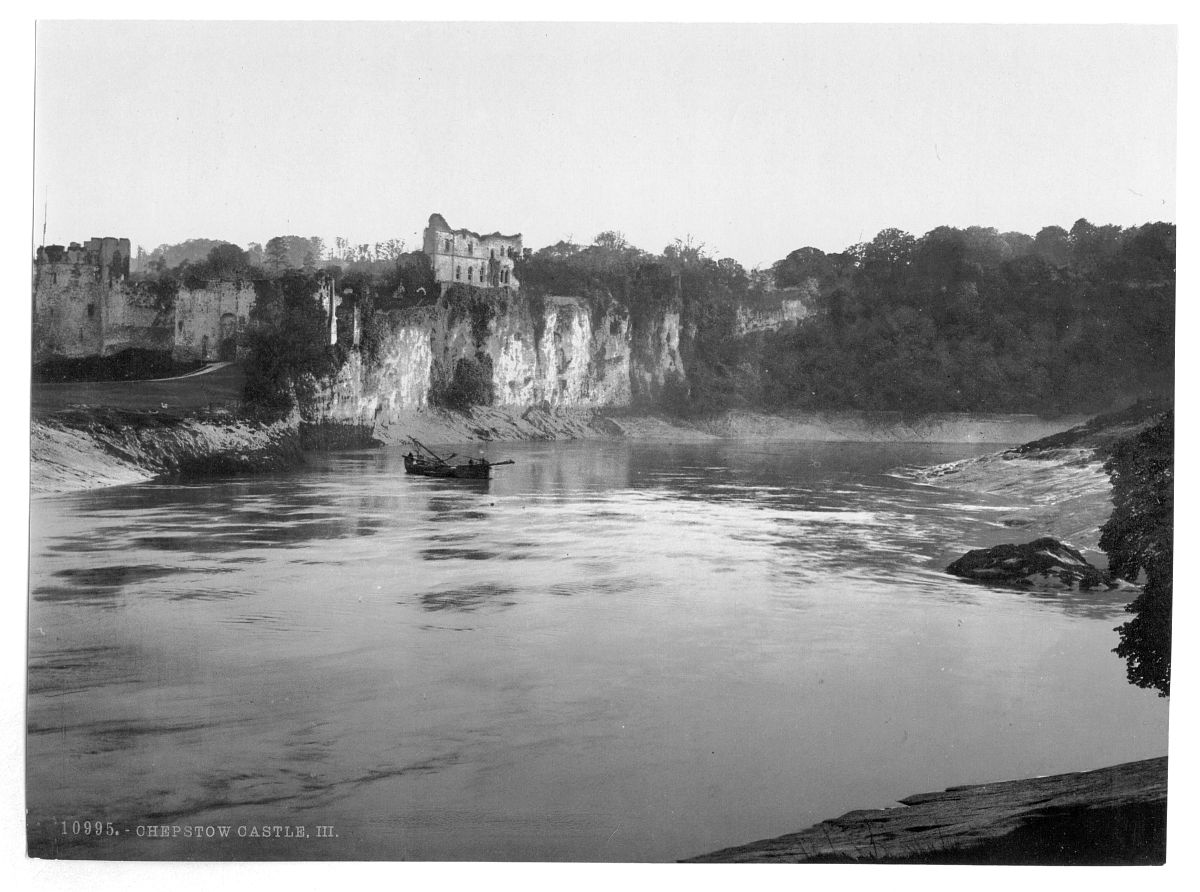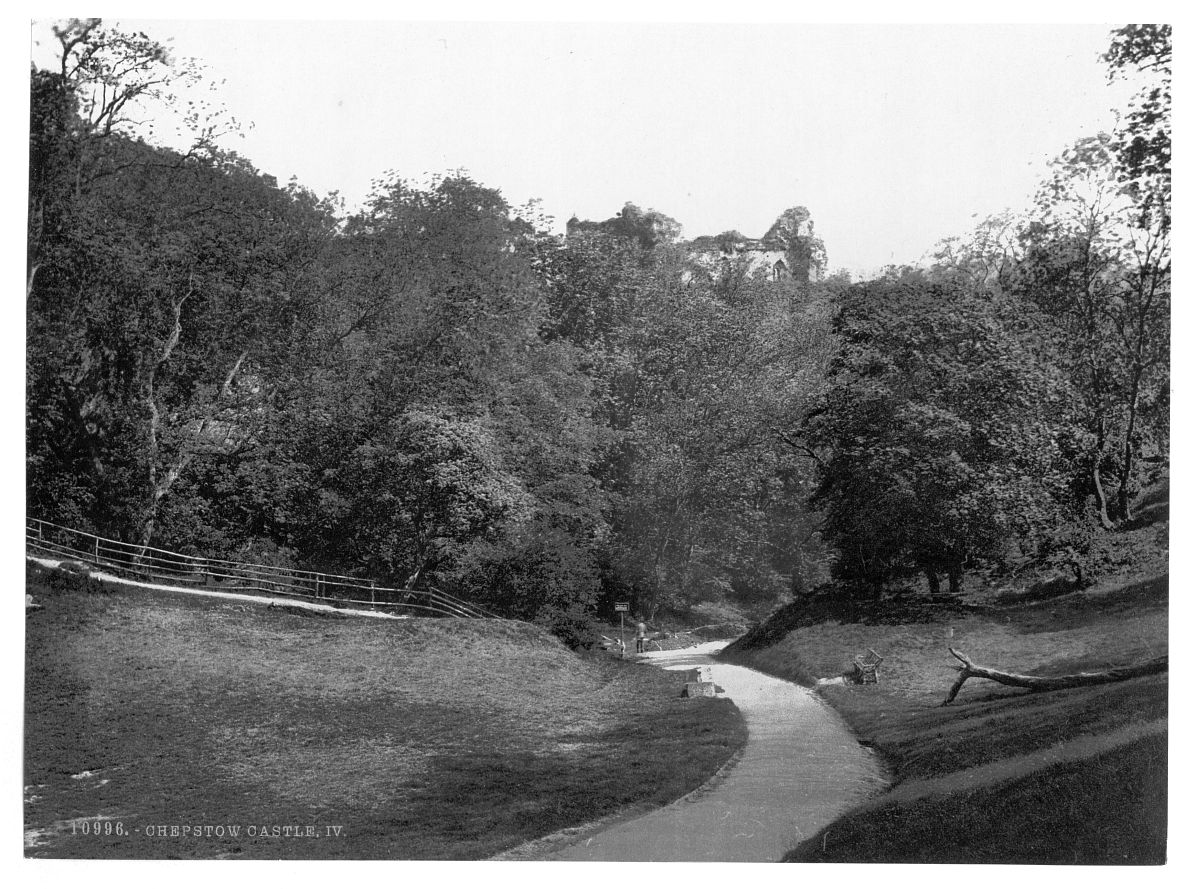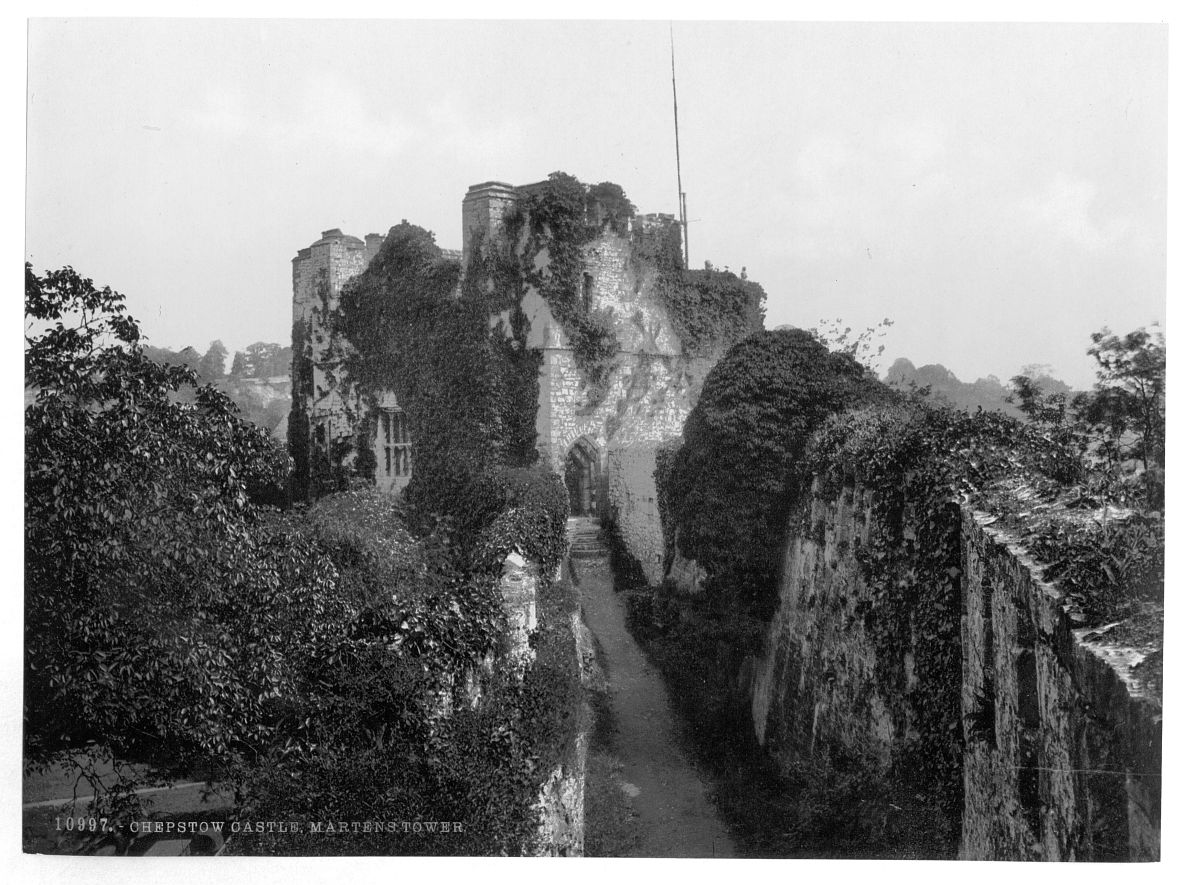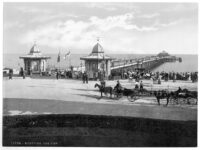During the Victorian era, Chepstow, a market town on the banks of the River Wye, thrived as a center of trade, tourism, and industry. Nestled in the picturesque landscape of Monmouthshire, its strategic location near the Welsh-English border made it an essential hub for commerce and travel. The town’s historical landmarks, including its grand castle and awe-inspiring natural surroundings, attracted visitors and shaped the daily lives of its inhabitants.
One of the key developments of this period was the construction of the Chepstow Tubular Bridge, completed in 1852 under the guidance of the renowned engineer Isambard Kingdom Brunel. This impressive structure revolutionized transportation, allowing for easier movement of goods and people between Wales and England. It symbolized the technological advancements of the Victorian age, linking Chepstow to the wider industrial network of Britain.
To the west of the town, the Tidenham Bend and Cliffs offered breathtaking views of the Wye Valley. These dramatic limestone cliffs were a notable feature for travelers journeying through the area. During the 19th century, tourism flourished as city dwellers sought refuge in the scenic countryside, inspired by the romanticized depictions of nature in art and literature.
For those seeking an even grander vista, the View from the Wyndcliffs provided a spectacular panorama of the Wye Valley and Severn Estuary. The location was a popular stopping point for Victorian tourists who traveled along the well-trodden routes between Chepstow, Tintern Abbey, and Monmouth. Nearby, the Wyndcliff as seen from Tintern Road added to the region’s charm, drawing artists and poets eager to capture its sublime beauty.
At the heart of Chepstow stood its iconic castle, a medieval stronghold that had watched over the town for centuries. During the Victorian era, antiquarians and historians developed a renewed interest in preserving and studying historical sites, leading to increased appreciation of Chepstow Castle’s significance. The ruins became a favored subject for photographers and artists, cementing the town’s reputation as a cultural and historical treasure.
Another notable structure, Marten’s Tower, formed part of the castle complex. This imposing tower, with its weathered stone walls, stood as a silent witness to the town’s long and eventful history. It linked the medieval past with the Victorian present, serving as a reminder of Chepstow’s enduring legacy.

